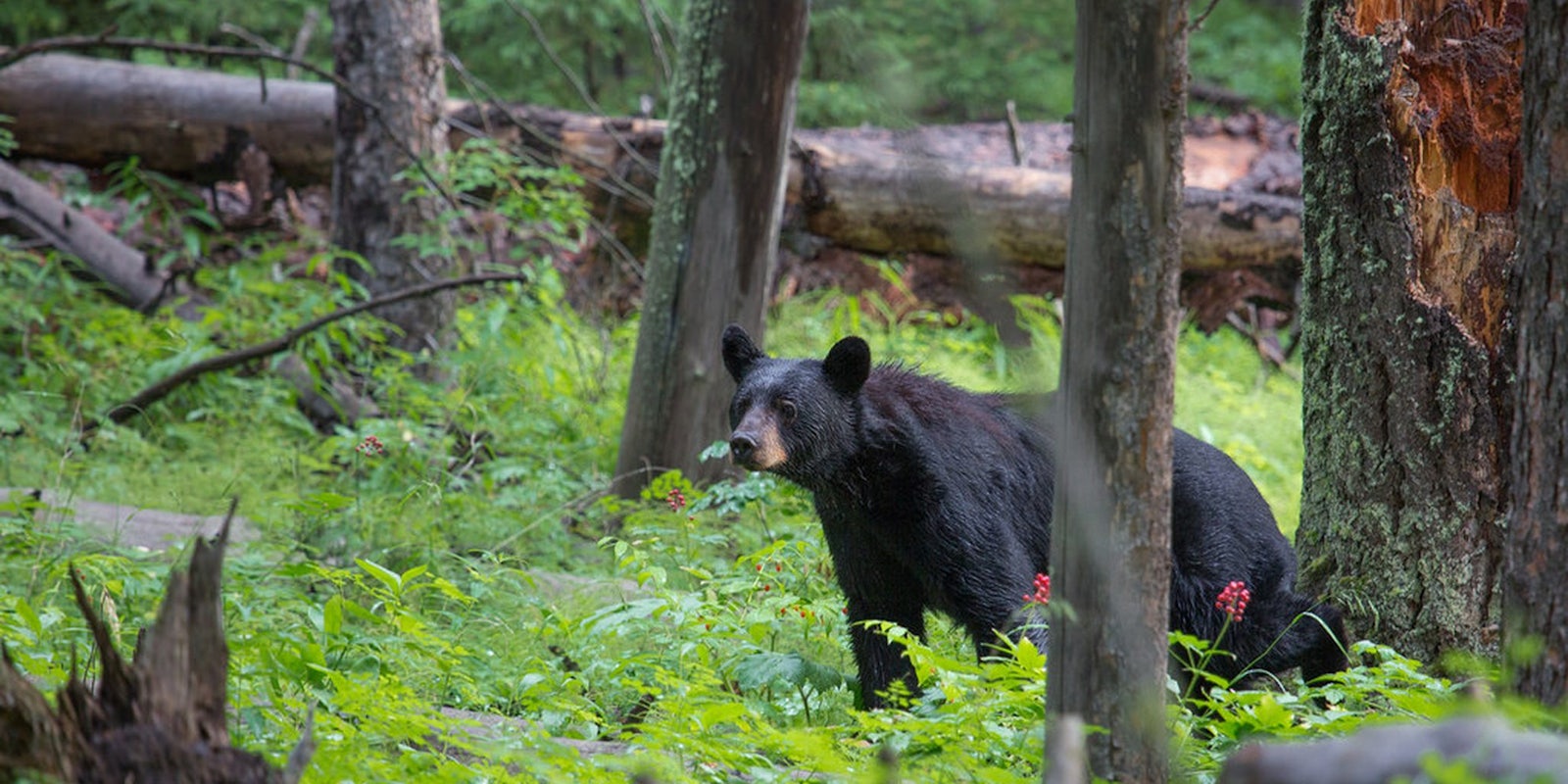In case the thought of extraterrestrial visitors didn’t already frighten you, there’s apparently a good chance that any aliens that do make contact with Earth will be roughly the size of grizzly bears.
At least that’s according to one researcher from the University of Barcelona, who recently published a quantitative analysis suggesting that the average intelligent alien life form would be nearly 700 pounds and exist on a planet smaller than Earth. Not surprisingly, the basis of his theories have drawn skepticism from other researchers.
In his paper, published at arXiv.org, Fergus Simpson looks at the distribution and prevalence of life here on Earth to draw his conclusions about extra-planetary life forms. As Newsweek summarizes, Simpson’s paper “assumes organisms on other planets obey the same laws of conservation of energy that we see here on Earth—namely, that larger animals need more resources and expend more energy, thus are less abundant.”
So for instance, on Earth there is wide diversity of animal life, from tiny insects to giant Blue whales. Across the board however, it’s been observed that larger species have smaller populations and vice versa. Larger animals also tend to have longer life expectancies.
Simpson argues that this is important in determining the size of intelligent alien species for several reasons. First off, intelligent animals tend to be larger in size because it allows for larger brain capacity. Longer life spans are also important because it increases the likelihood of developing technology—say the kind that an alien creature would need to make contact with humans.
With those factors in mind, and drawing from a sample of life on Earth, Simpson concludes that humans are probably on the smaller side of intelligent species in our universe and that there’s a greater likelihood that intelligent aliens will be several times larger based on a simple bell curve distribution of probable animal sizes.
But there are skeptics who question Simpson’s conclusions. For instance Duncan Forgan, a scientist at the School of Physics and Astronomy at the University of St Andrews, said that Simpson’s calculations are reasonable, but probably lacking a few key factors. For example, Forgan said Simpson didn’t take into account how gravity would affect the evolutionary development of species, since it’s likely that the greater a planet’s gravity the less conducive that planet is to developing large life forms.
Still other skeptics say that Simpson’s conclusions about which aliens are most likely to make contact with Earth doesn’t take into account where on their alien world these extraterrestrials will be living. Though we all like to imagine that a UFO will one day touch down on the National Mall and little green men will walk out, Seth Shostak, a researcher at the SETI Institute, says we’re far more likely to make contact through radio wave signaling. And if that’s the case, size could actually be a detriment.
“Anything that large, and you’re likely to be in the water,” Shostak told Discovery News. “You can’t make a radio telescope underwater.”
So perhaps we’ve been given a reprieve from our bear-sized alien overlords.
Photo via Yellowstone National Park/Flickr (CC BY 2.0)


